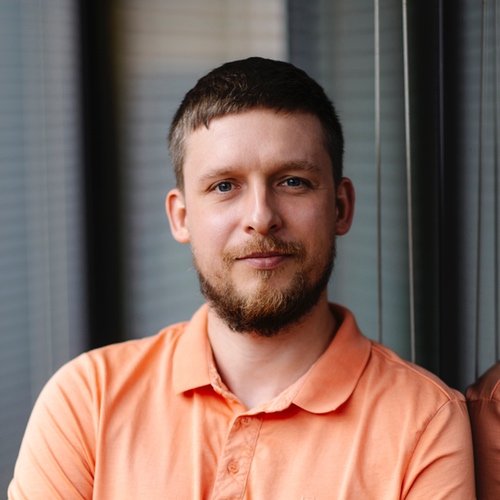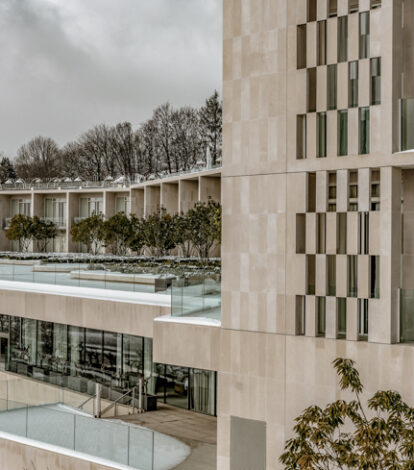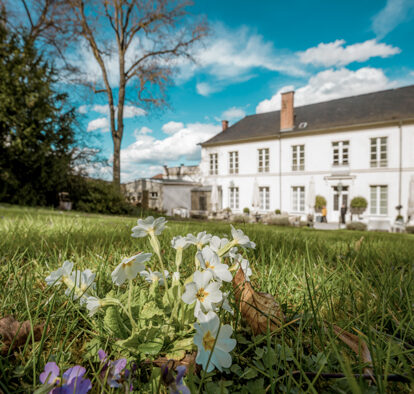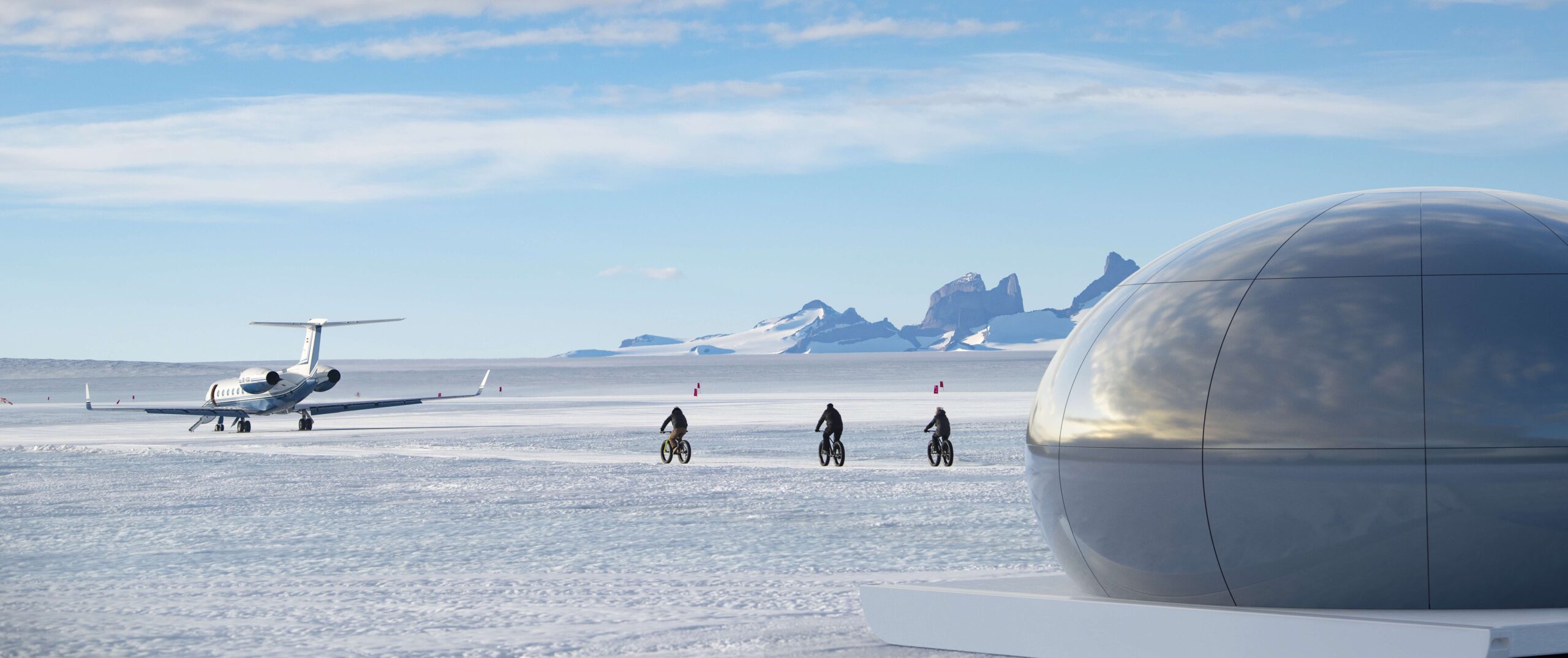Tasting Champagne in Champagne. You can visit world-famous producers here, but smaller, more boutique wineries are worthy are your time too. And there's more than popping corks to the travel experience in Champagne.
Explore Champagne

Two hours by car east of Paris, the famous region of Champagne offers two kinds of attractions: the wines to which it gives its name, and the monuments that tell of the region’s rich past. Leave the cities and towns, and rolling vine-clad hills spread all around. If the past attracts you, follow in the footsteps of the French kings and marvel at the timeless beauty of Reims Cathedral, then discover the churches of Troyes and the palatial mansions of Épernay.
Getting here and around
There are two ways to fly into Champagne by commercial airlines. The first is to take one of the few international flights to Reims. The second, to take one of the many international flights to Paris, then do a two-hour car transfer into Champagne. But there are other options: besides helicopter flights, you can fly a private jet into Reims or into Paris-Vatry airport, which is only 50 minutes by car from Reims. Once in Champagne, the most flexible way to move around is by car. But beware the legal blood alcohol limit on the road, which is 0.5 only. If you want to go wine tasting, the best option is to have a chauffeured car at your disposal.
Climate & seasons
If your main interest in Champagne is champagne, aim to come sometime from May to October. The summer is a particularly good time to visit the region. If you head to Champagne in August, you’ll find respite from the heat in the cool champagne cellars called "crayères." The fall harvest begins in late September, and that’s when the champagne houses are at their busiest, both as regards production and tourism. Another excellent time to go is just after the harvest is finished, when the autumn colors are still there. Winter is cheapest, but many champagne houses are closed and the weather is quite dreary — but if you are interested in history, this is a good time to explore Reims without the crowds.
Where to go
The two major cities are Reims and Épernay. Reims is larger, busier, and an important historical centre. Épernay has a sleepier, quainter feel. Along with Reims, the city of Troyes is a must for history lovers travelling this region. Wine-wise, Champagne is made up of five major zones: Montagne de Reims, Vallée de la Marne, Côte de Sézanne, Côte des Blancs, and Aube. Our favourite producers to visit in Reims are Ruinart, Veuve Clicquot and Lanson. In Épernay, the highlights are Gosset and Moët & Chandon (the cellar also includes Dom Perignon). Deutz, Bollinger and Henri Giraud are our choice in Aÿ. Book several months in advance, and we may be able to find you a spot to visit Krug in Reims, Billecart Salmon in Mareuil-sur-Aÿ or Perrier-Jouët in Épernay. Did we miss your favourite producer? Just let us know — we will do our magic to try and arrange any experience for you. And remember that besides the major producers, we also know the tiny local ones.
What to do
The Cathedral of Reims is the place where nearly all kings of France were crowned from the XI onwards, and where Joan of Arc once stood. It’s also one of the major Gothic monuments in France. Besides its historical monuments, Reims has many good museums as well. The medieval centre of Troyes will enchant you with its half-timbered houses and Gothic churches, the latter housing remarkable stained-glass windows. If you are in Champagne for the wine, note that most champagne houses are not usually open for walk-ins. You need to have an appointment — which we will happily arrange for you.
Photos from Champagne
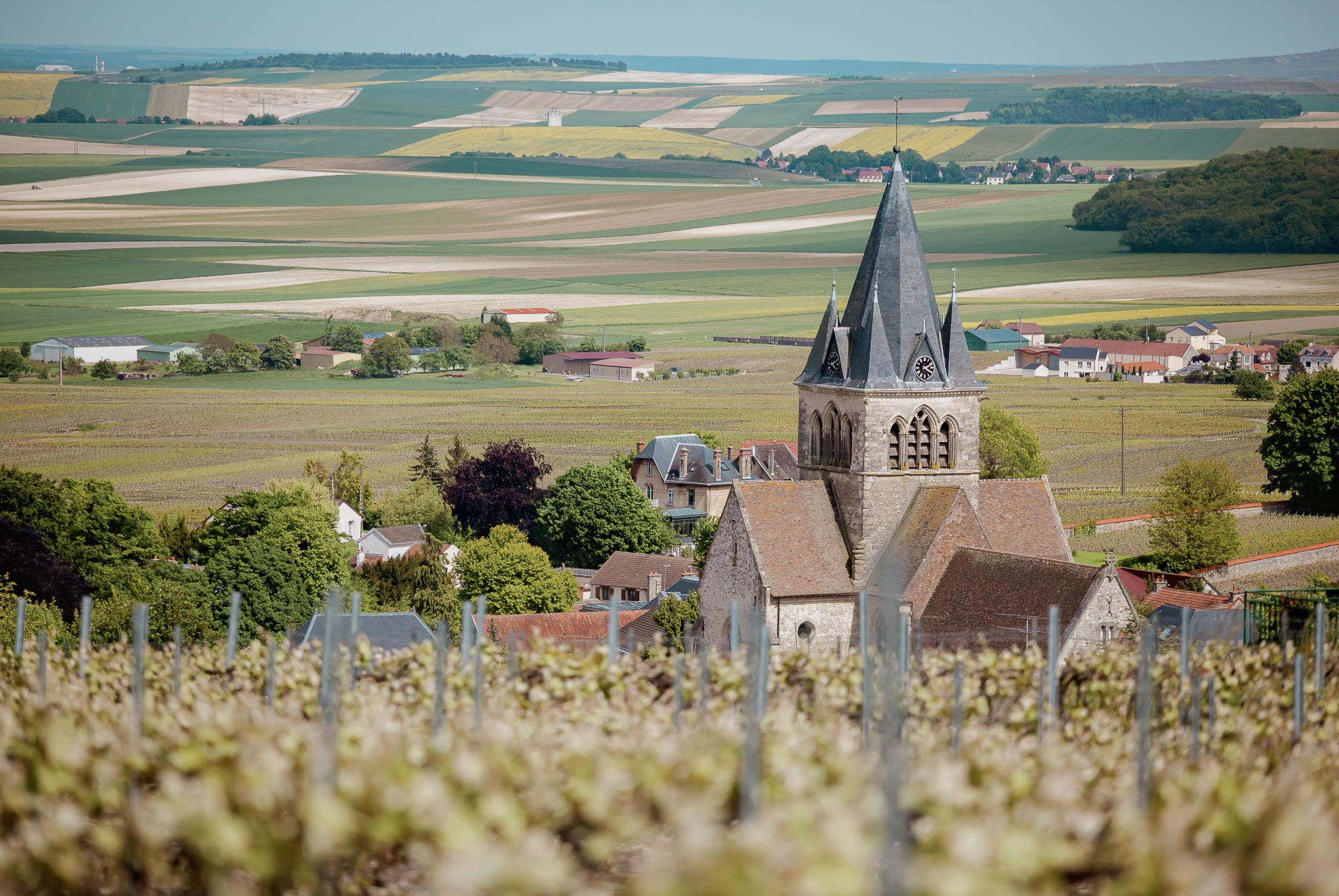




EliteVoyage Hotel Collection in Champagne
Do you like Champagne?
Plan your trip with one of our experienced travel designers




